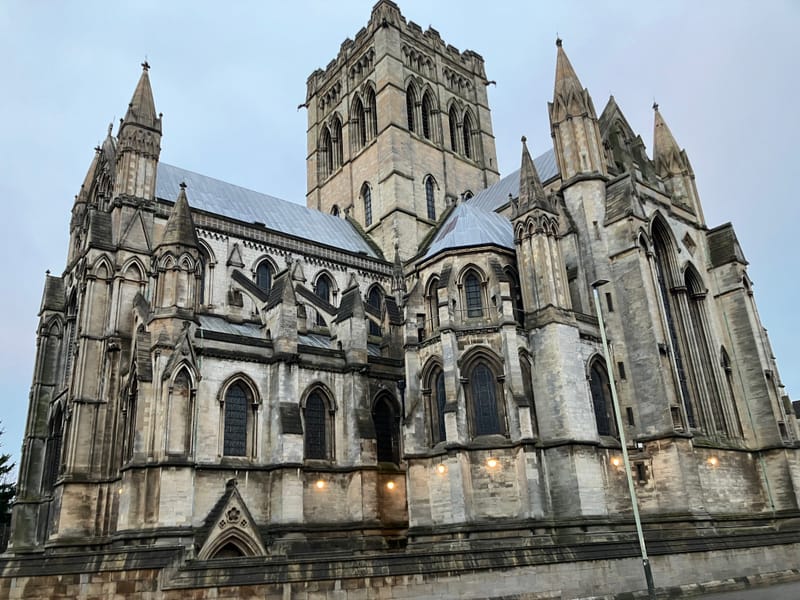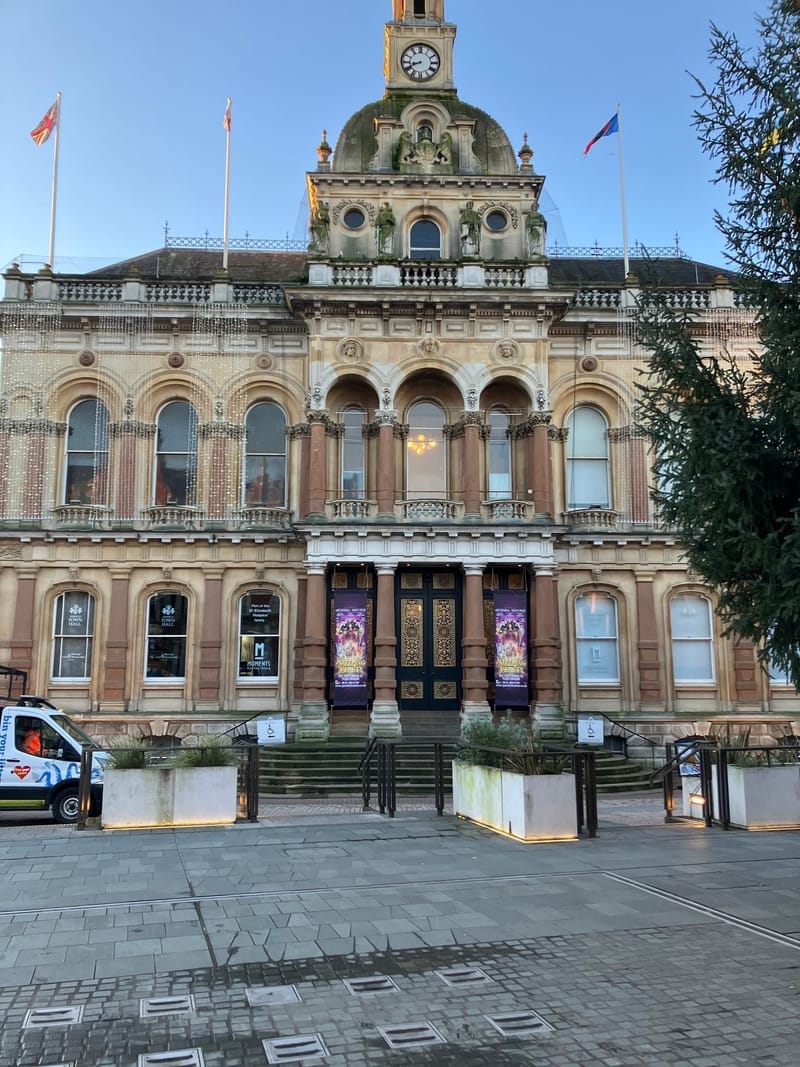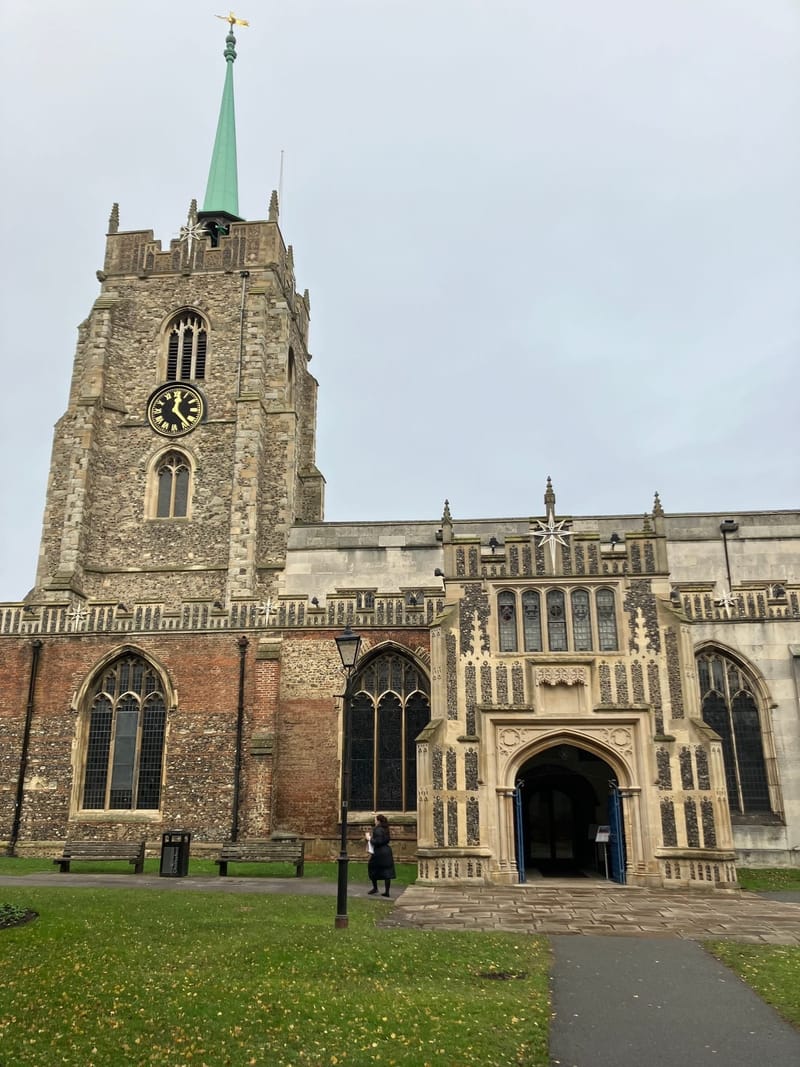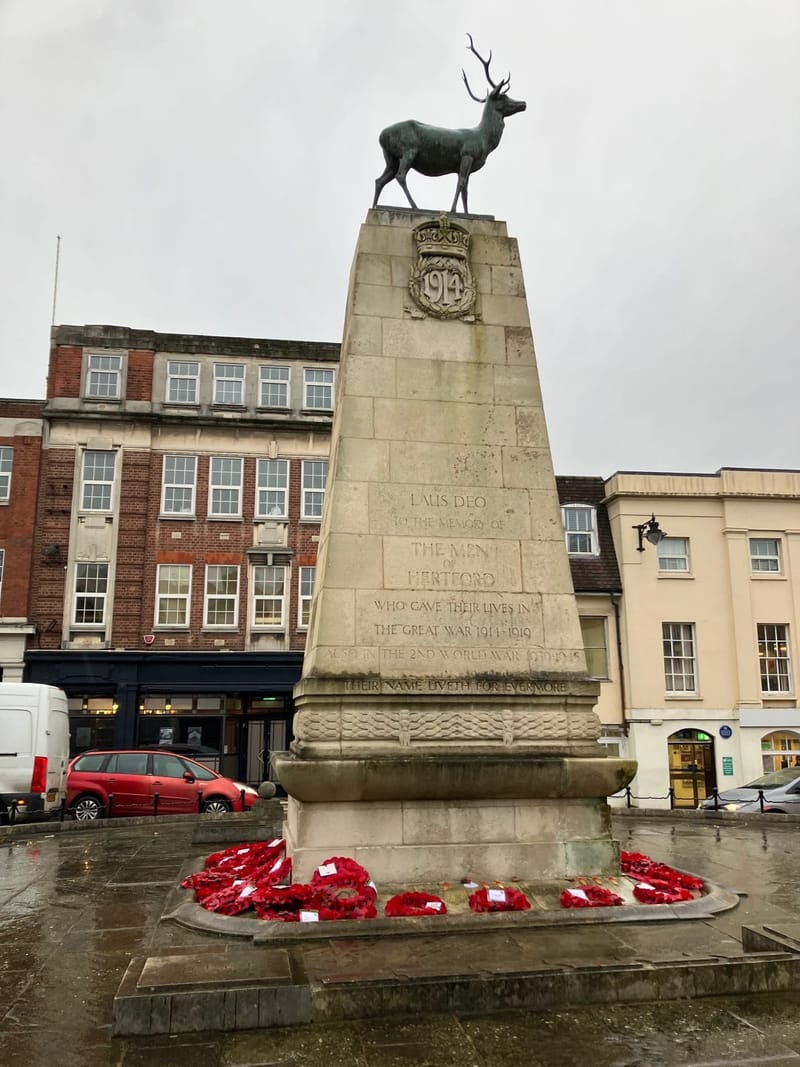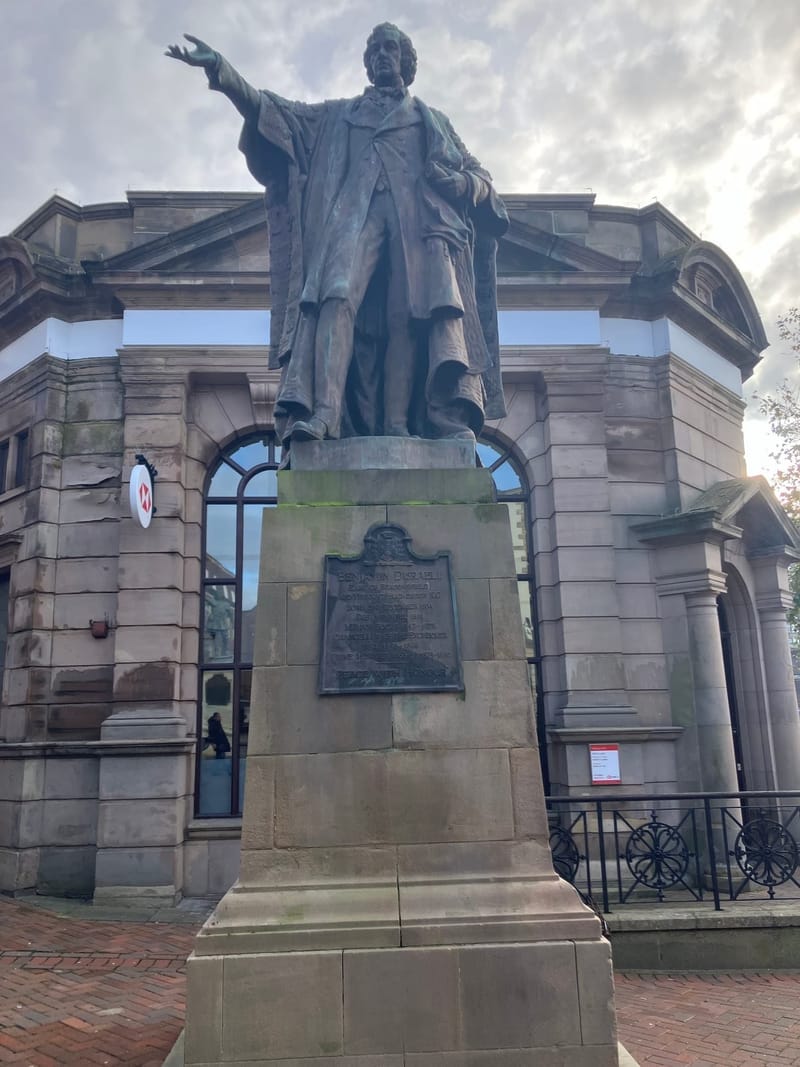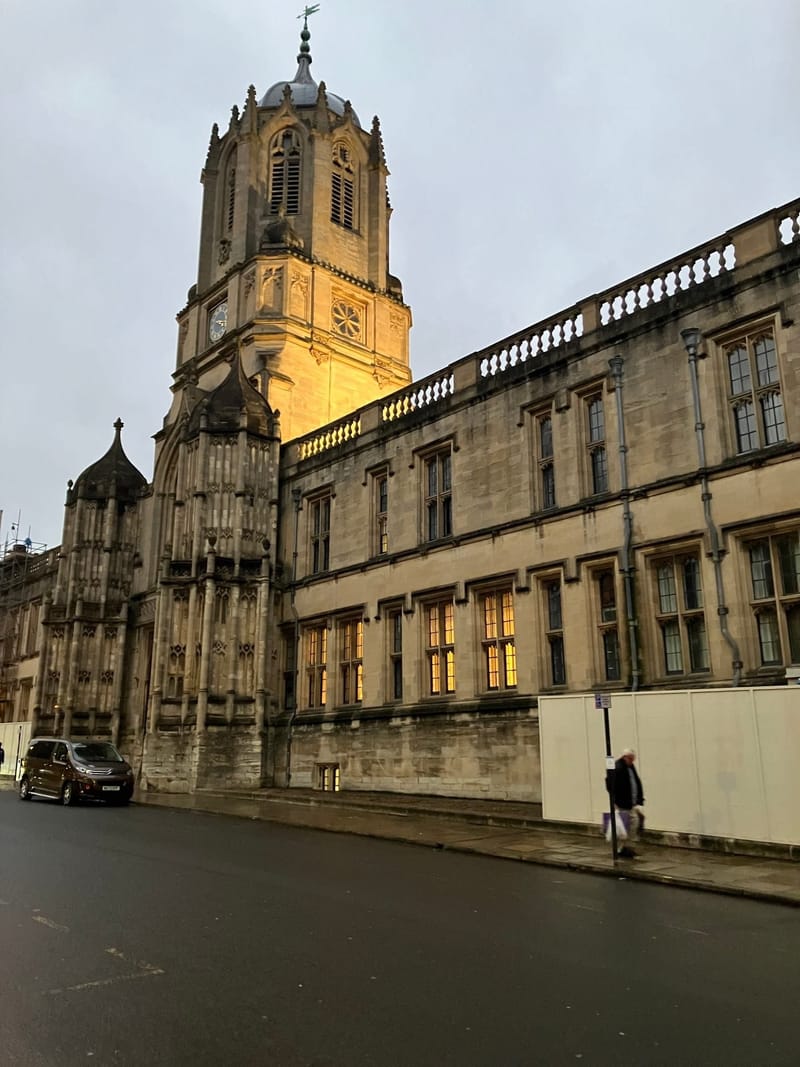Walking the county towns
NORWICH
Claimed to be the most compete medieval city in the UK , Norwich was designated England's first UNESCO City of Literature in 2012, And was voted by the Guardian in 2016 as the 'happiest' city to work in the UK. The Cathedral city of Norwich, prospered through the weaving of worsted cloth and later by the manufacture of shoes mustard and chocolate. being in easy reach of the Boards and coast The Cathedral of Holy Trinity has a Norman nave and tower, the present stone spire being added in the15th century.
IPSWICH
First recorded during the medieval period as Gippeswic, Ipswich has been continuously inhabited since the Saxon Period. The largest settlement in the county and a port on the River Orwell and the birthplace of Cardinal Wolsey. Dickens stayed at the Great White Horse when he was a reporter, the Inn providing him with the setting for Mr Pickwick's misadventure when he went into a lady's bedroom by mistake.
CHELMSFORD
The County Town of Essex,. A Roman fort was built in AD 60 and a civilian town grew around it, being named Caesaromagus ( Caesers marketplace) the town mainly disappearing after the departure of the Romans. The city's present name is derived from Ceolmaer's ford being changed to Chelmsford by 1189. Its position on the London road ensuring its early prosperity. The Church of St Mary, with its 15th centuary tower became a cathedral in 1914.
HERTFORD
Being remote from main through roads has left the County Town of Hertfordshire relatively unspoilt. The ruins of a Norman Castle stand on the site of an earlier Saxon stronghold built to protect London. The Shire Hall in the middle of the town was designed by Robert Adam and built in 1768
AYLESBURY
Located in central Buckinghamshire, the town name is of Old English origin. During the early medieval period Aylesbury became a major market town and the burial place of Saint Osgyth Aylesbury was declared the new County Town of Buckinghamshire in 1529 by King Henry VIII In 1963 the Great Train Robbery culprits were sentenced at Aylesbury Crown Court
